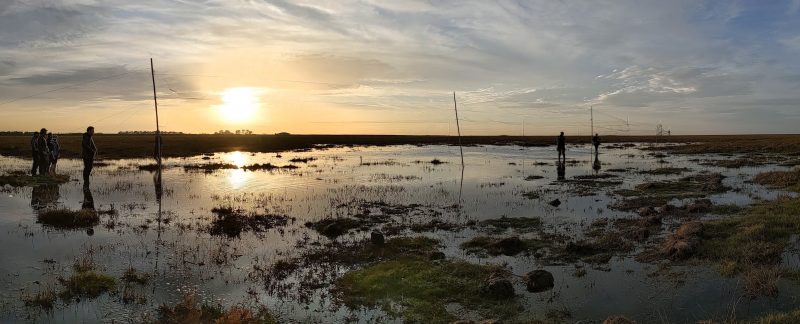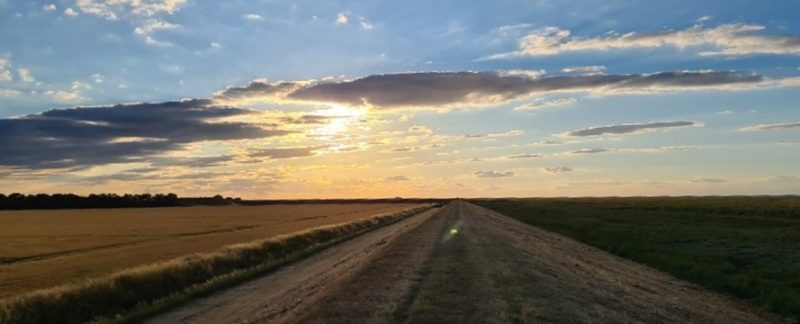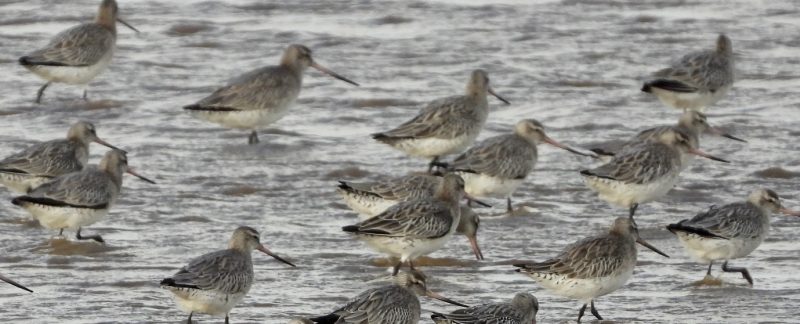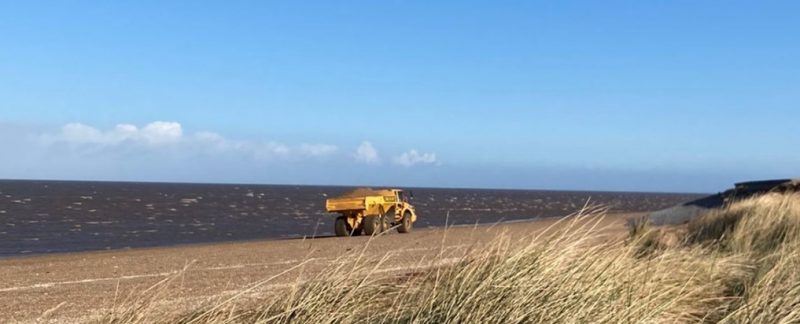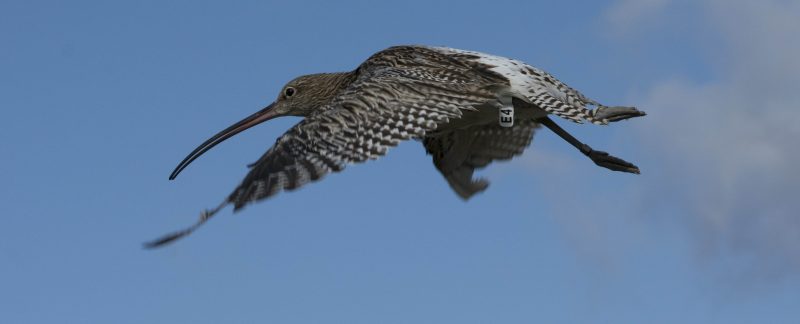Tim, Selena and Dave arrived at the Norfolk base earlier in the week to work on house and garden maintenance. In particular they removed a large amount of the excess vegetation that had grown up in the garden and Dave in particular helped wire up the potential decoy store. Cathy joined them for some of the time and Mark also helped out but wasn’t able to stay on for the weekend. This team put in a significant amount of effort over these few days and so deserve a big thank you from the group!
Continue Reading →